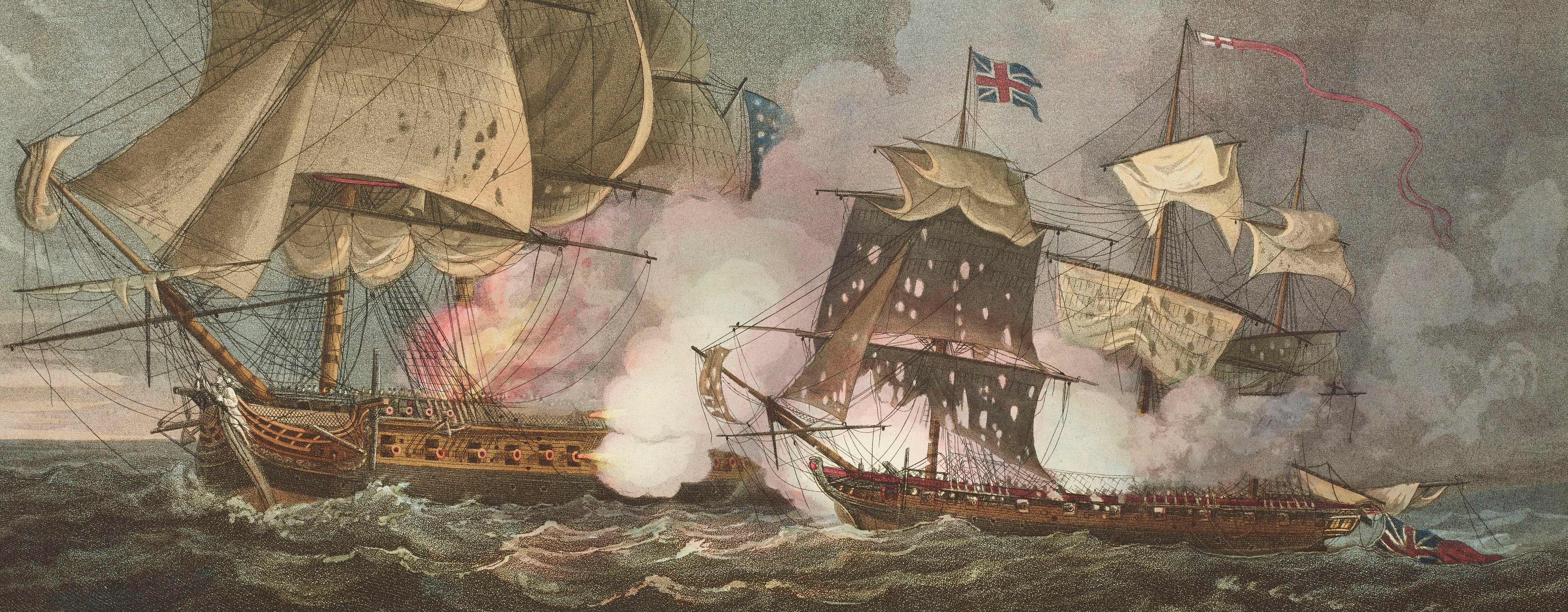
Other 18th-/19th-century conflicts
Maps, views and documents from 19 wars
Map of the Battle of Preston, 1715 (Preston, Lancashire, England, UK) 53°46'00"N 02°43'00"W
1715 or laterPencil, pen, ink and watercolour on paper | Scale: not stated. Not to scale | RCIN 726092
The very tentative attribution of this map to the French Hugenot journalist and military historian Abel Boyer is based only on the use of the French language and its similarity in detail to Boyer's printed map at RCIN 726093. Boyer was born at Castres (upper Languedoc), and came to England in 1689, having apparently seen service in the Dutch army and having been educated, amongst other subjects, in mathematics and fortification. He had in 1695 published A geographical and Historical Description of those parts of Europe which are the Seat of War and in 1699 published the Royal Dictionary which made his name. This was followed by several works including, in 1701, The Draughts of the most Remarkable Fortified Towns of Europe. In 1704 he seems to have become an intelligence agent for the Secretary of State for the northern department, Robert Harley. Boyer became a firm supporter of the Hanoverian succession and this was reflected in many of his publications, including the map of the Battle of Preston at RCIN 726093.
This map shows the buildings of Preston as brown blocks. Some of the places and streets named in the key can be recognised today. For example, ‘L'Eglise’ refers to St John's Minster, ‘Le Marché’ is the Market Square, ‘Rue de Leglise’ is Church Street. ‘Rue des Pecheurs’ is Fishergate, ‘Rue des Religieux’ is Friargate. The ‘Chemin de Cliterow’ is now the B6243 to Clitheroe, and the place where the river was crossed by boat, ‘le Batteau du passage’ is crossed by the A59, the Liverpool Road.
The elongated island on which gambol some rabbits, shown north-west of the ferry, may have been a now long eroded sand or gravel bank. The watercolour has been washed on without finesse but combines with the crude cartography and bright colours of the burning houses to give a sense of immediacy which would be lacking from a more polished effort.
The houses were razed by order of Wills who had hoped that the spreading flames would reach the positions of the Jacobites who had barricaded themselves in the main streets, shown to good effect in this map. The battle was won only after Wills's troops, were reinforced by six squadrons under the command of General Carpenter, shown here to the top right, or north-east, of the map.
Additional text: [bottom left, in rectangular panel, a key, A-I, K, to roads and buildings in the town. Another key, 1-2, locates the positions of batteries and barriers:] La Table desplication.
For further reading, see:
G.C. Gibbs, ‘Boyer, Abel (1667?–1729)’, Oxford Dictionary of National Biography, 2004; online edn, Jan 2008.
S. Handley, ‘Wills, Sir Charles (bap.1666, d. 1741)’, Oxford Dictionary of National Biography, 2004.
H.M. Stephens, ‘Carpenter, George, first Baron Carpenter of Killaghy (1657–1732)’, Oxford Dictionary of National Biography, 2004; online edn, May 2008.
E. Lord, The Stuarts' Secret Army: English Jacobites 1689-1752, Harlow, 2004, p. 83.
Condition: one fold line; piece cut off, top left; two old tears repaired with paper strips. Verso: a large amount of surface dirt.
? Abel Boyer (1667?-1729) (draughtsman)
Subject(s)
Army-GBWatermark: Fleur-de-lys in shield, crown above, a ‘4’ suspending the letters LVG below; countermark: IHS [a cross on the H] I VILLEDARY
Mark, stamped: 155
Condition: one fold line; piece cut off, top left; two old tears repaired with paper strips. Verso: a large amount of surface dirt
Scale: not stated. Not to scale.
46.1 x 67.0 cm (neatline)
46.7 x 67.6 cm (image)
49.5 x 68.6 cm (sheet)
Manuscript title:
Carte ou Plan / de la Ville de / Preston avec les / Attaques et Bateries / des Rebelles planteés / dans les Rues [top right, in rectangular panel]
Additional text:
[bottom left, in rectangular panel, a key, A-I, K, to roads and buildings in the town. Another key, 1-2, locates the positions of batteries and barriers:] La Table desplication.
Annotations:
George III heading: Preston 13 Nov.r 1715.
Other annotations: (Recto) none. (Verso) [top centre, black pencil, cropped:] 1715; [bottom right, black pencil, cropped and illegible]; [bottom, right of centre, red pencil:] 6/2; [bottom, right of centre, black pencil:] VII/[?2].
George III catalogue entry:
Preston Plan dessiné de la Ville de Preston avec les Attaques et Batteries des Rebelles plantées dans les Rues le 13 Nov.re 1715.
Subject(s)
Preston, Lancashire, England, UK (53°46'00"N 02°43'00"W)
Bibliographic reference(s)
G.C. Gibbs, ‘Boyer, Abel (1667?–1729)’, Oxford Dictionary of National Biography, 2004; online edn, Jan 2008
S. Handley, ‘Wills, Sir Charles (bap.1666, d. 1741)’, Oxford Dictionary of National Biography, 2004
H.M. Stephens, ‘Carpenter, George, first Baron Carpenter of Killaghy (1657–1732)’, Oxford Dictionary of National Biography, 2004; online edn, May 2008
E. Lord, The Stuarts' Secret Army: English Jacobites 1689-1752, Harlow 2004, p. 83
Page revisions
19 June 2025
Current version






